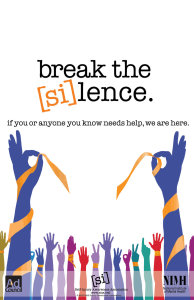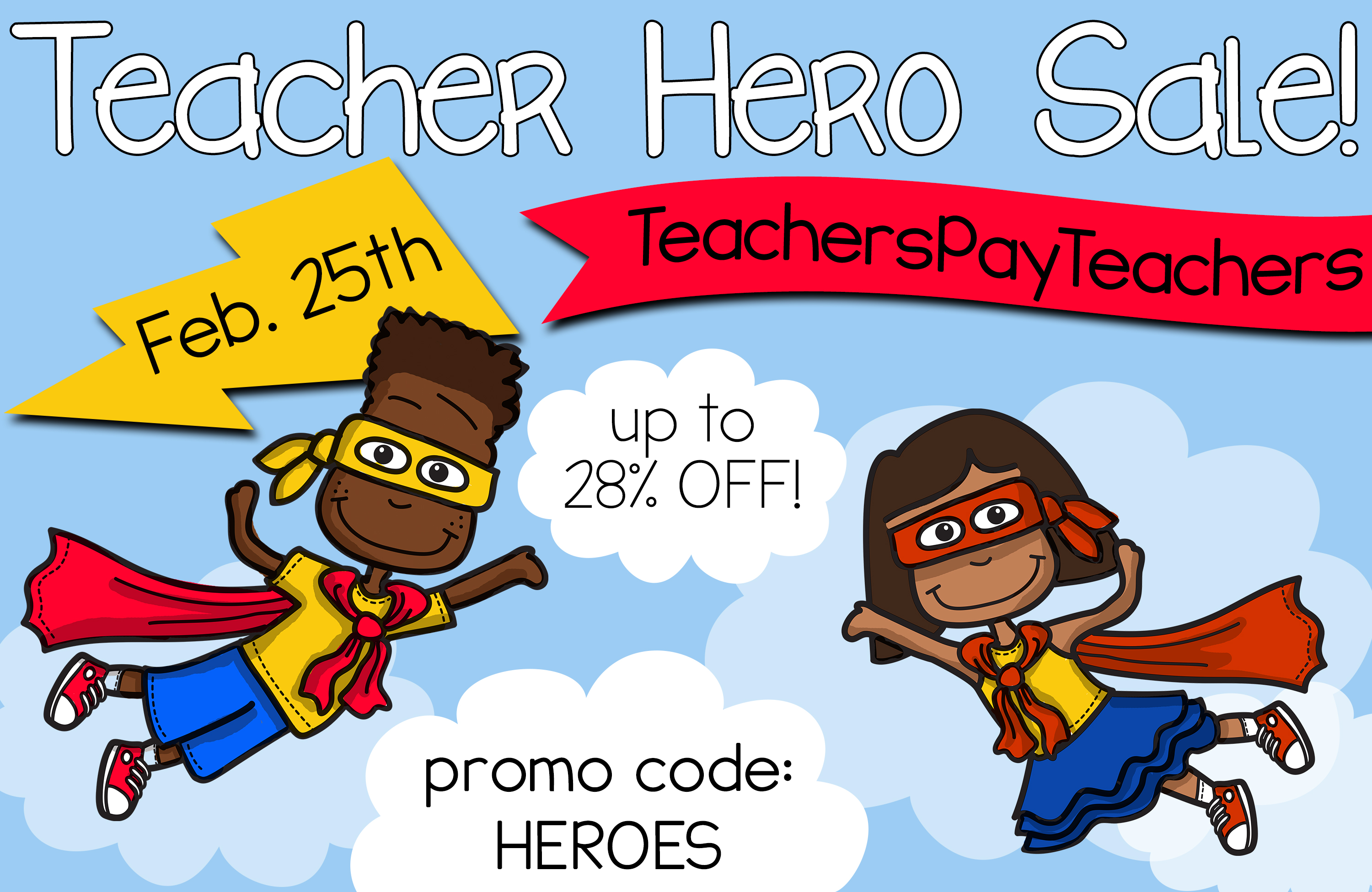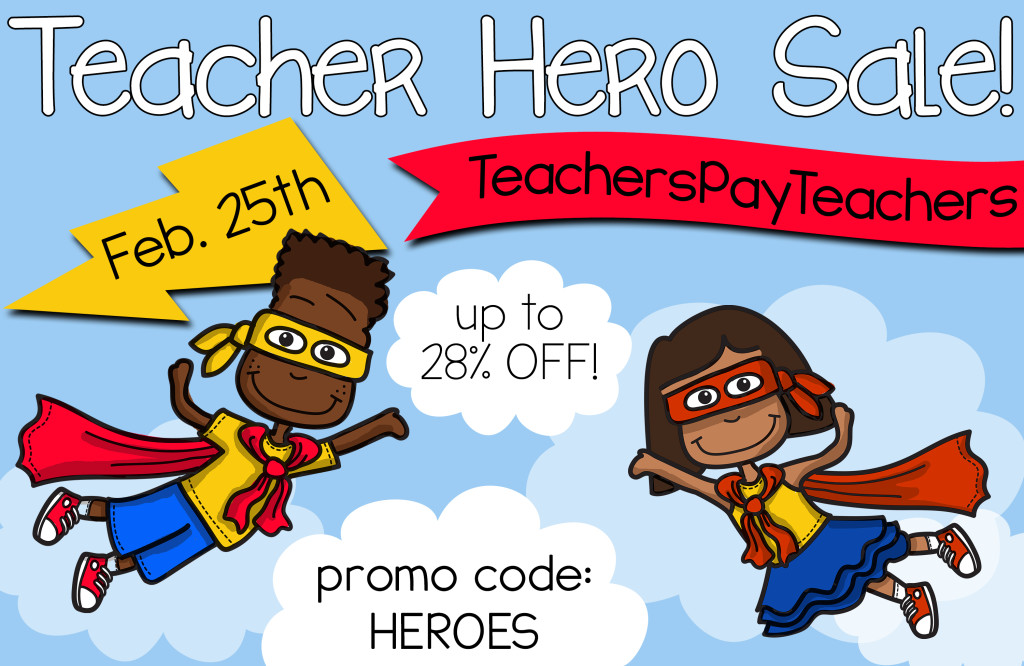
Last week, I talked about several myths surrounding self-injury. This week, I want to follow that up with some information about some of the warning signs of self-injury, as well as what you can help students who self-injure.
Warning Signs of Possible Self-Injury
 Unexplained wounds or scars from cuts, bruises, or burns. Scars are most often seen on the wrists or arms, but can be in other locations as well.
Unexplained wounds or scars from cuts, bruises, or burns. Scars are most often seen on the wrists or arms, but can be in other locations as well.- Frequent “accidents.” Someone who self-harms may claim to be clumsy or have many mishaps, in order to explain away injuries.
- Covering up. A person who self-injures may insist on wearing long sleeves or long pants, even in hot weather.
- Needing to be alone for long periods of time, especially in the bedroom or bathroom.
- Isolation and irritability.
- Pervasive difficulties in interpersonal relationships
- Persistent questions about personal identity, such as “Who am I?” “What am I doing here?”
- Behavioral and emotional instability, impulsivity and unpredictability
- Statements of helplessness, hopelessness or worthlessness
Starting the Conversation
Talking to a student who you believe to be self-injuring may feel very uncomfortable for one of both of you. Many students compare it to the process of “coming out.” Sometimes, a teacher notices some of the warning signs above and asks me to talk to the student. If I have a relationship with them already, it can still feel difficult. However, if I don’t know the student, the conversation can be VERY awkward. “So…yeah…uh, so you don’t know me at all, but tell me about your injuries.” This is why when possible, I prefer to have the teacher or another adult the student trusts breach the topic and then come talk to me with the student. Sometimes, bringing up self-injury can make a student feel the need to be defensive or make excuses if they don’t feel comfortable with the adult talking to them. I want to avoid that as much as possible!
Here are some conversation starters I’ve found to be helpful before. This list is in no way exhaustive and may not be beneficial for every student. Use your professional judgement!
– I’ve noticed __________________. Can you tell me about that?
– Your teacher has noticed _______________. Can you tell me about that?
– Do you want to change your self-injury behaviors? We can’t force anyone to do anything. We can only provide they help that they want and make sure that they are safe.
– How can I help you with your self-injury?
– Sometimes people have things happen to them in life that are really difficult to deal with and hurt themselves to try to cope. Has that ever happened to you before?
Strategies and Interventions
 Listen and affirm. After a student discloses self-injury, listen. Admitting self-injury takes a great deal of courage and risk on the part of the student. Acknowledge this courage in asking for help and reaffirm their worth as a person. Make sure to remind them that self-injuring does not have to define them. But most importantly, validate the feelings they are experiencing.
Listen and affirm. After a student discloses self-injury, listen. Admitting self-injury takes a great deal of courage and risk on the part of the student. Acknowledge this courage in asking for help and reaffirm their worth as a person. Make sure to remind them that self-injuring does not have to define them. But most importantly, validate the feelings they are experiencing.- Assess for suicidality. Although many people who self-injure are not suicidal, there is a link. Ask if they’ve thought about killing themselves and if they have a plan, but if they haven’t/don’t, don’t dwell on it. If they have/do, be sure to refer them to appropriate mental health services immediately. Confidentiality must be breached if you are concerned a student is a danger to themselves or someone else.
- Less may be more. If a student does not want to talk about their self-injury, don’t force them. As a school employee, you have a professional responsibility to make sure they are safe, but you don’t need to find out everything about them and incident that happens. Refer them to a medical professional if you are concerned about current injuries, but be brief in your conversation if they don’t want to talk. If a student is not in immediate danger, give them some places they can find help if they need it and offer your support in the future.
- Help the student to identify self-harm triggers. Many students who self-harm first seek information and help on the internet. Fortunately, there is a lot of good information available to students, including what self-injury is, how to talk to someone, and other more positive ways to deal with strong emotions. Unfortunately, there are also a lot of personal stories which may show pictures and delve into great detail regarding injuries people received and how they injured. This information can be intensely triggering for individuals who self-harm. Students should be made aware of good places online to get help, as well as the implications of viewing triggering information.
- Teach coping skills for stress, anger, or sadness. Often, I have students make lists of alternative activities to self-injury, stress-relieving activities, or distractions they can use if they feel as though they need to self-injure. Many of my students who self-injure choose to use coping strategies such as journaling, drawing, or listening to music. However, one size does not fit all. Have your student determine what they think will work for them.
- Identify external supports for the student outside of school. More than likely, triggers to self-harm probably occur after school hours. So as much as you’d love to be able to have the student come talk to you when they feel as though they need to self-injure, it not practical. It’s also better for the student to find support in their life outside of school for when they move on to another school or graduate. Their friends and family will be with them a lot longer than you probably will. Depending on the age of the student and your state/district regulations, you may be required to notify a student’s parent. Sometimes I help students write letters to their parents, or call them on the phone. Ultimately, you should encourage the student to communicate with others in whatever way is most comfortable for them.
- Encourage the student to keep a record of certain emotions or behaviors that led to them wanting to self-harm, as well as what they did instead. You can use a free impulse control log here. Keeping track allows students to better see patterns that emerge, and can provide a good starting point for you or another counselor to help them address their antecedents to self-harm.
- Refer to community resources. Most of the time, I unfortunately don’t have the resources available to address issues of self-harm exclusively in the school setting. 30 minutes once a week (minus days off of school, meeting days, field trips, standardized testing, etc.) is just not enough to meet the needs of my students who self-injure. As a result, I often recommend they receiving counseling outside of the school setting. Follow your school guidelines as far as referrals are concerned, but be prepared for the fact that the needs of those who self-injury often go beyond the resources that are available in the school setting.
If you self-injure and need help, but don’t knowwhere to turn, call the S.A.F.E. Alternatives information line in the U.S. at (800) 366-8288 for referrals and support for cutting and self-harm. For a suicide helpline outside the U.S., visit Befrienders Worldwide.
In the middle of a crisis?
If you’re feeling suicidal and need help right now, call 9-1-1 or the National Suicide Prevention Lifeline in the U.S. at (800) 273-8255.













